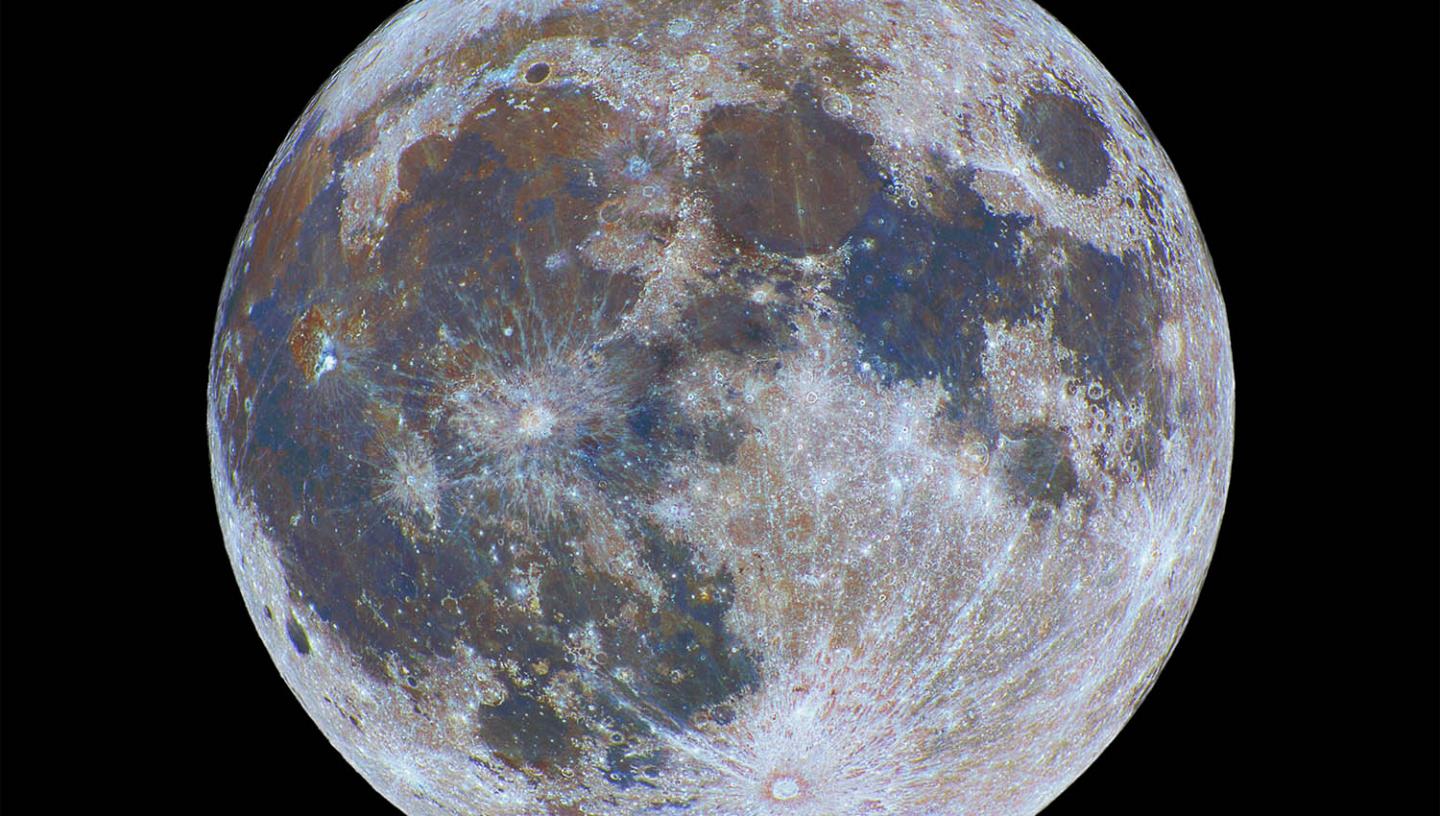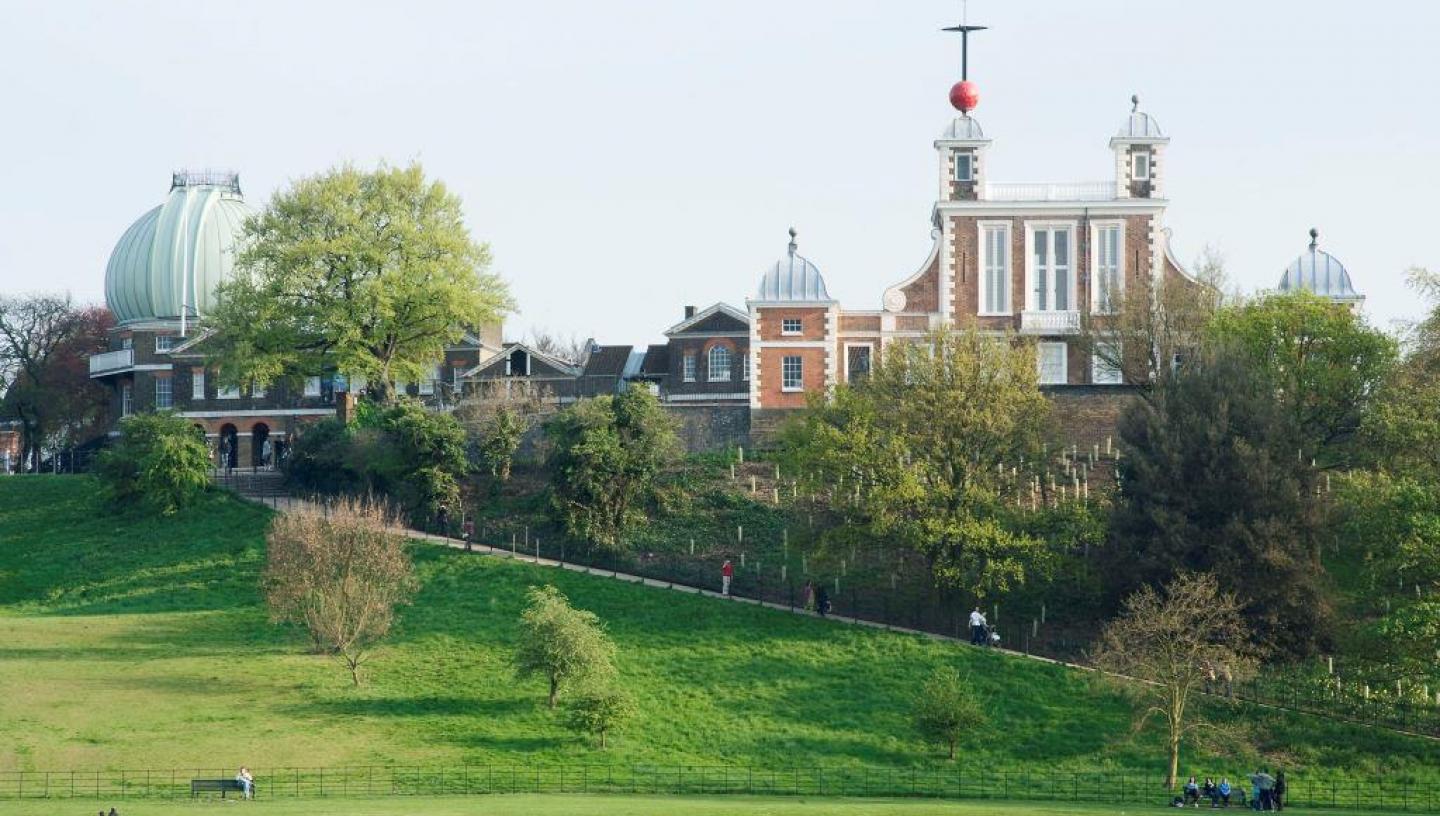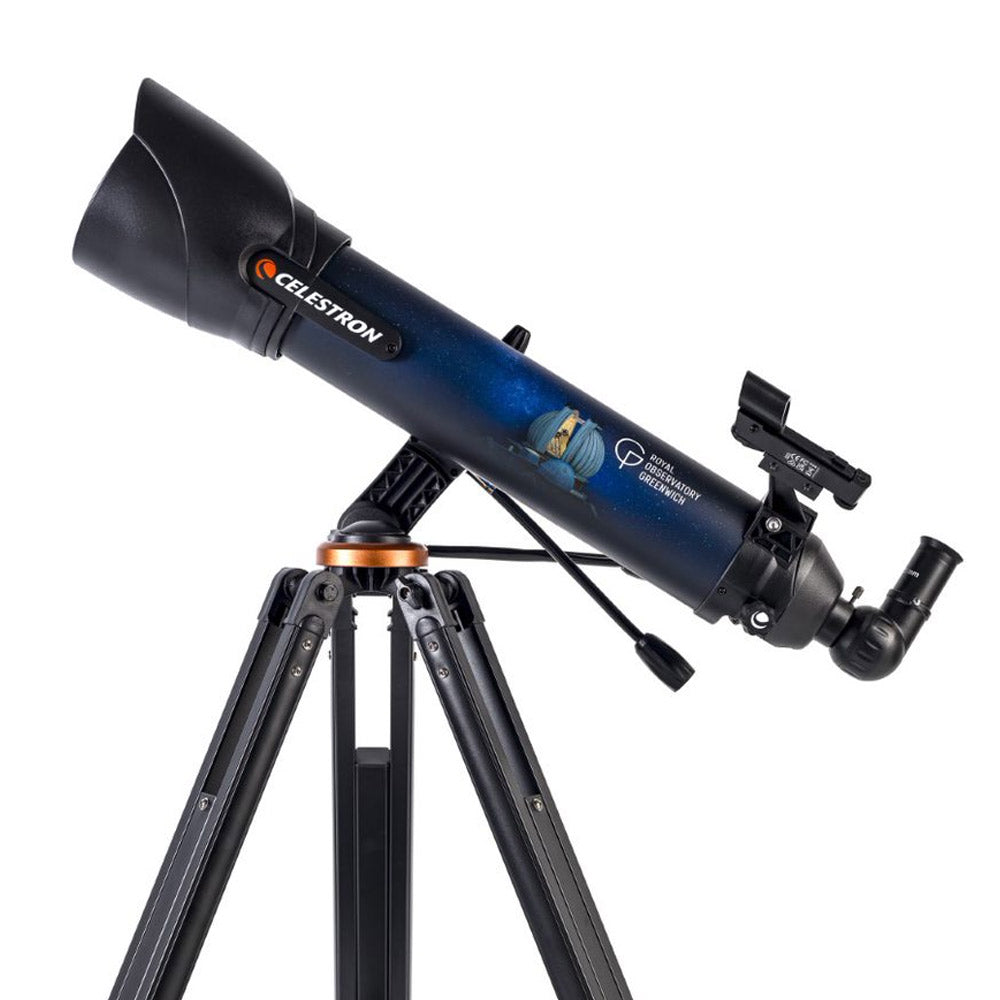Everything you've ever wanted to know about the Moon
The Moon is Earth’s most familiar companion, the closest astronomical object to the Earth. No other planet has a satellite as large in comparison to its own size.
How was the Moon formed?
There are a few different ideas for how the Moon came to be our nearest celestial neighbour. The most widely accepted theory by the scientific community is that the Moon was formed by a giant impact with a rocky body we call ‘Theia.’
When the Sun first formed in our galaxy, leftover dust and gas was swept up in its orbit. The Earth and the other planets formed out of this cloud of material. The young Solar System was an incredibly turbulent place with a lot of collisions between large, rocky bodies.
The giant-impact theory of the moon's formation suggests that a rocky body, about the size of Mars, smashed into the young Earth, which threw debris out into space. Gravity pulled the debris from the impact together as it orbited the Earth, which collected to form the Moon.
NASA's Apollo missions brought back over a third of a tonne of rock and soil from the Moon, allowing scientists to better understand how it formed.
If the Moon had previously been an asteroid and formed somewhere else in the Solar System, the Moon and the Earth would have different compositions. However, astronomers found that the composition of the Moon and the Earth are similar, pointing to a linked history.
How does the Moon affect tides?
The water on the side of the Earth closest to the Moon is pulled by the Moon's gravitational force. The effect is to make 'bulges' in the water on opposite sides of the Earth.
How big is the Moon?
The Moon has a diameter of 3476 km. This means that you could fit about four Moons across the diameter of the Earth.
How much does the moon weigh?
The mass of the Moon is 7.35 x 10^22 kilograms, which means the Earth is 81 times more massive than the Moon. This would also mean that someone who can jump up to 5 feet on the Earth could jump 30 feet on the Moon!
How far away is the Moon from Earth?
The Moon orbits the Earth at a mean distance of 384,000 km. It takes the Moon 27 days to orbit the Earth. Find out more here
How old is the Moon?
It is thought that the Moon formed 4.51 billion years ago - not long after the Earth.
Is there gravity on the Moon?
Although the Earth and Moon are both very massive, the Moon is smaller, so its force of gravity is less. Any object on the Moon will weigh about six times less than it does on Earth.
Any early atmosphere that the Moon might have had has escaped from the Moon's feeble gravitational pull.
Because of the lack of any atmosphere the temperature of the Moon's surface varies between -180°C and +110°C. The Moon has little protection from the solar wind, cosmic rays or micrometeorites, and so it is not surprising that there is no form of life there.
Why can we see the Moon during the day?
It is common idea, particularly amongst children, that the stars and the Moon are seen at night and the Sun is seen during the day.
In reality however, the stars and the Moon are always up there - although depending on your position on the Earth and the time of year, they won’t all be above the horizon.
During the day, the light from the Sun, scattered by the atmosphere of the Earth, drowns out the much fainter stars. This makes them all but impossible to see without specialist equipment. However, the Moon, being far closer and brighter than the distant stars, can often be seen during the day. The most likely time to notice it during the day is somewhere between a
wide crescent and a thin gibbous (i.e. close to the quarter Moon).
At this point the Moon is illuminated enough to be visible (not at new Moon), is far enough from the Sun in the sky to avoid looking to close to the Sun (as would happen at new Moon or a thin crescent), but is not on the complete opposite side of the sky from the Sun and thus only rises when the Sun is setting (as would happen around full Moon).
What are moon rocks?
People have wondered about the composition of celestial objects for thousands of years, from Aristotle’s idea of celestial “aether” and beyond.
Determining an object’s size (from its apparent size on the sky and its distance), and its mass (from the force of gravity it exerts) can give scientists an idea of what it might be made of. However, nothing beats having direct samples.
Only a handful of celestial objects have been visited by automated probes. Even fewer have returned samples to Earth, and only one has been visited directly by humanity: our Moon.
Through the Apollo missions, around 380kg of moon rock have been directly collected from the surface. We have also gathered a few hundred grams more from automated sample return missions. Finally, a number of meteorites that have landed on Earth have been positively identified as having originated from the Moon.
Observations from a distance and analysis of these samples have shown that the rocks of the Moon share many similarities to those on Earth. This indicates that the Moon likely formed from the same material that the Earth did. Perhaps the Moon could even have directly come from the Earth itself through material released by an ancient impact.
The lunar samples remain objects of study even today. Yet more discoveries are likely to be made as analysis methods change and improve and we learn more about our celestial neighbours.
The lunar surface and the ‘Man in the Moon’
The Moon's surface is characterised by light mountainous regions interspersed with dark maria or ‘seas’. The 'Man in the Moon' is formed from patches of these two types of terrain. The maria are vast impact basins which have been filled with basaltic rocks some 3000 million years ago.
Much of the Moon's surface is covered with craters. These are the result of impacts by meteorites. The largest are about 200 km in diameter, the smallest are only about a metre across. Most of these craters were formed between 3000 and 4000 million years ago.
Americans have landed on the Moon six times. The first time was in July 1969 and the last time was in December 1972. Much of our knowledge of the structure of the lunar surface and the geology of the Moon comes from the landings of the Apollo series and the samples of lunar material brought back to Earth.
Once in a blue moon
The phrase 'once in a blue moon' is a familiar one, meaning once in a very long interval of time. A blue moon, by folklore definition, is said to be the second full Moon of the month. However, researchers at Southwest Texas State University have been using historical documents to prove that a blue moon was really a term used by the Maine Farmers’ Almanac to indicate the presence of a 13th full Moon in a tropical year which usually had 12. A tropical year is a measurement of time from one winter solstice to the next.
Read more about blue moons




